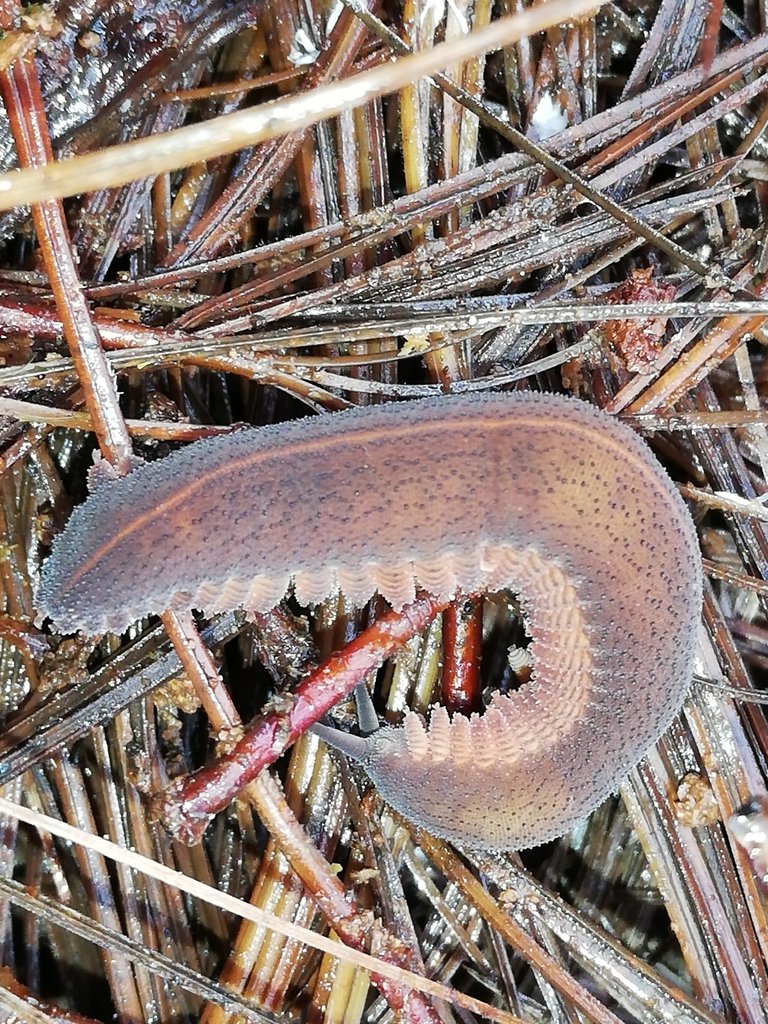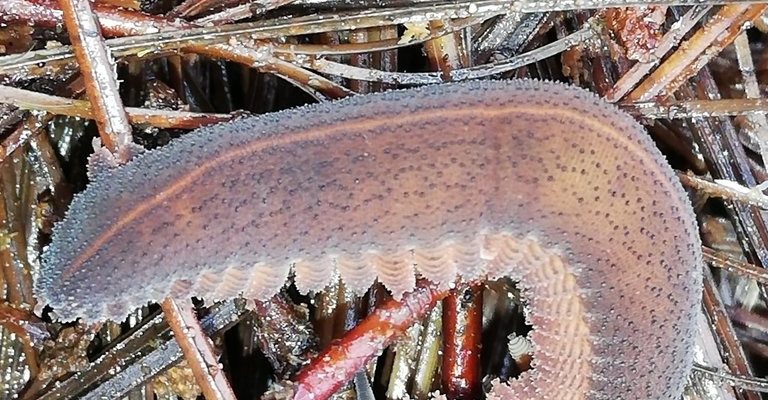
Documenting velvet worm populations is a crucial part of citizen science, which invites everyday folks to contribute to scientific research. Think of it like being part of a treasure hunt, where you’re not just searching for gold coins but collecting valuable data that scientists can use to protect these fascinating animals. So, how do you get involved in this scientific adventure? Let’s dive in!
What Are Velvet Worms?
Velvet worms, or *Onychophora*, are strange but endearing creatures; they’re more closely related to insects than they are to slugs or snails. With their soft, segmented bodies and tiny legs, they might not win any beauty contests, but they come with their own charm. Typically found in damp, forested areas, these little guys are most active at night. They often hunt for soft-bodied prey like insects, using a sticky slime to immobilize their meals.
You might be wondering why these critters matter. Velvet worms contribute to the balance of their ecosystems. They’re both predators and prey, acting as a middle link in the food chain. By monitoring their populations, scientists can gauge the health of their environments. Changes in velvet worm numbers can indicate larger environmental shifts, making them valuable indicators of ecosystem health.
Why Citizen Science Matters
Citizen science is a unique way for everyday people to participate in scientific research. Imagine sitting on your porch with a notebook, recording the velvet worm sightings you make during your evening stroll. That simple act can contribute to data that scientists save for important studies. Citizen science projects often rely on community involvement, which helps gather data that would be impossible for scientists to collect alone.
One of the beautiful things about citizen science is its inclusivity. You don’t need a PhD or fancy equipment to contribute. All you need is a passion for nature and a willingness to observe. It instills a sense of ownership in participants as they play a part in real scientific inquiry. Plus, it can be a fun family project—who doesn’t love a little adventure in their backyard?
Getting Started with Documenting Velvet Worms
Before you venture out, you’ll want to equip yourself with a few basics. First and foremost, you need a good understanding of what velvet worms look like and where to find them. These creatures usually prefer humid environments, like rainforests or areas near streams. Check under fallen logs, rocks, or even in leaf litter at night—the perfect hunting ground for these nocturnal wonders.
Once you’ve found a velvet worm, take some time to observe and document your findings. Here are a few key points to record:
- Location: Where did you find the velvet worm?
- Date and Time: When did you see it?
- Behavior: Was it active or hiding? Did you observe it hunting?
- Notes: Any other interesting details about the environment or the worm itself?
Having a camera on hand can also be a great way to capture your findings. Photos can help with identification and provide valuable visual data.
Best Practices for Observing Velvet Worms
While documenting velvet worms can be exciting, it’s essential to do it the right way. We want to ensure that we protect these creatures and their habitats. Here are some best practices to keep in mind:
1. Respect Their Environment: Make sure not to disturb their habitat. Avoid moving rocks or logs unnecessarily, as these are vital for their survival.
2. Handle with Care: If you need to touch a velvet worm, do so gently. Their bodies are soft and can be easily harmed if squeezed too hard.
3. Avoid Over-Collecting: Only document the worms you encounter. Removing too many from their environment can disrupt local populations.
4. Report Your Findings: Many citizen science projects have platforms where you can submit your data. Look for local initiatives or online databases where your observations can be shared with researchers.
By following these simple guidelines, you’re contributing to the conservation of velvet worms and their habitats, making your observations even more impactful.
Platforms for Sharing Your Data
Now that you’re ready to start your adventure, you might be wondering where to share your findings. Fortunately, there are several platforms dedicated to citizen science and environmental monitoring.
1. iNaturalist: This is a popular platform for documenting flora and fauna. You can upload photos and details about your velvet worm sightings, and your data can contribute to broader ecological studies.
2. eBird: While primarily for bird observation, eBird has a feature for documenting other wildlife sightings, including invertebrates like velvet worms.
3. Local Conservation Groups: Many local nonprofits and research institutions have citizen science programs focusing on specific species or ecosystems. Check with organizations in your area to see if they accept data on velvet worms.
By using these platforms, you can not only share your observations but also connect with a community of fellow nature enthusiasts and researchers.
Why It Matters for Conservation
Documenting velvet worm populations goes beyond simply gathering data; it plays a crucial role in conservation. These little creatures can serve as indicators of environmental health. A decline in their populations might signal issues like habitat loss, pollution, or climate change affecting their ecosystems.
By participating in citizen science, you’re helping scientists piece together the puzzle of how ecosystems function and how to protect them. The information you gather can influence conservation strategies and policies, ensuring that our natural world remains vibrant for future generations.
Final Thoughts on Citizen Science and Velvet Worms
Getting involved in documenting velvet worm populations is not only fun—it’s impactful. You might start as a curious observer, but you can quickly become a vital part of a larger effort to understand and conserve these fascinating creatures.
So, grab your notebook, head outside, and start looking for these elusive little friends. Who knows? You might stumble upon the next big discovery in velvet worm research! Every observation counts, and your involvement can make a difference, one slimy, velvety little worm at a time. Happy observing!

